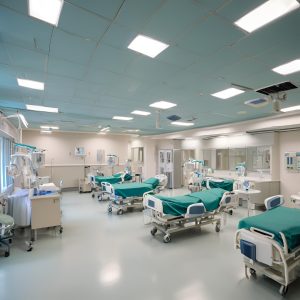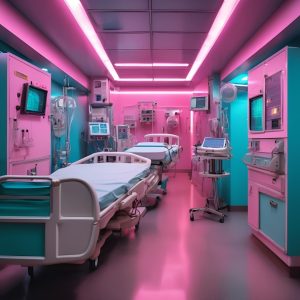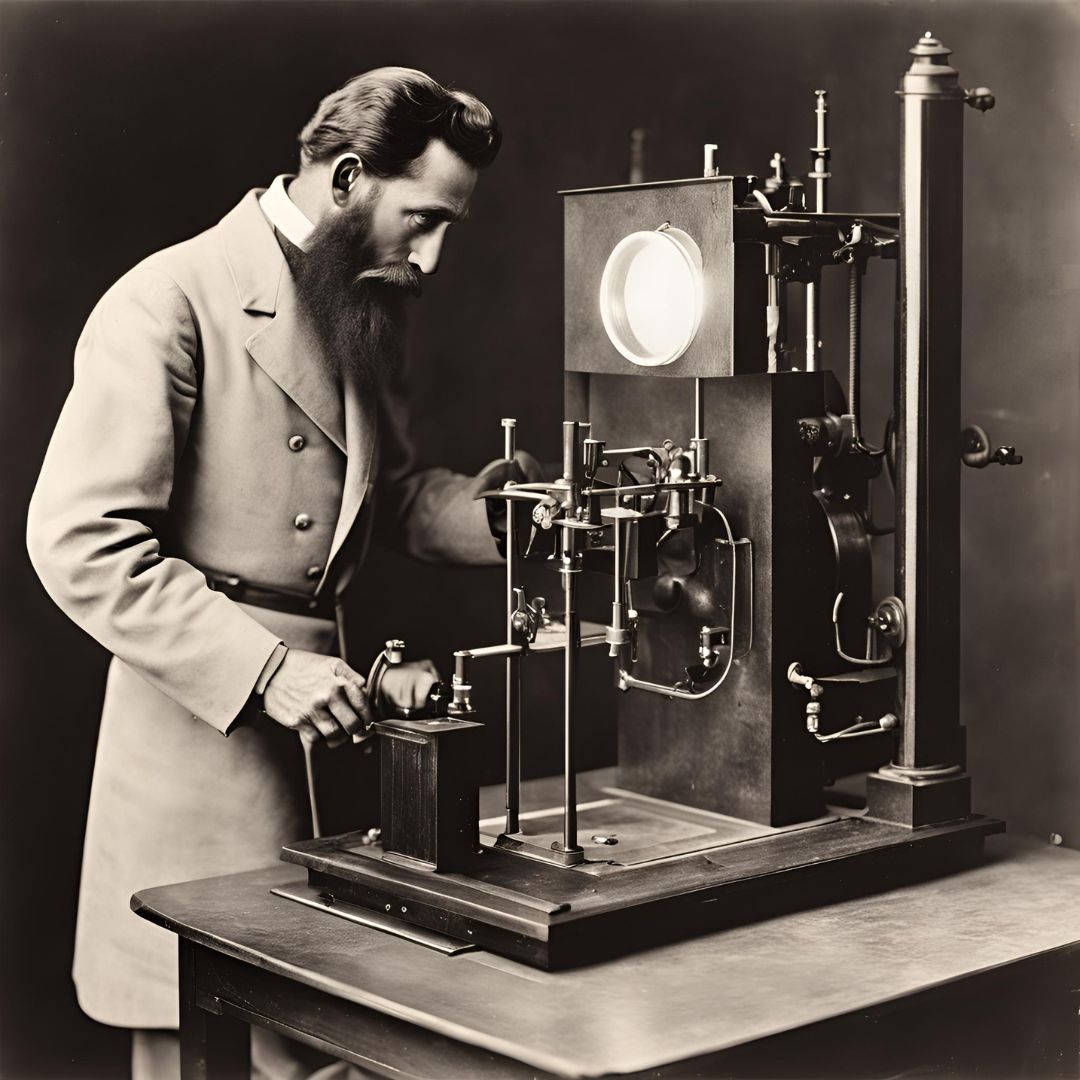The Importance of Thoughtful Hospital Design and Decoration
In the world of healthcare, the design and layout of a hospital Design and Decoration are more than just architectural choices—they are vital components that directly influence patient outcomes, staff efficiency, and overall operational effectiveness. As a seasoned biomedical engineer and consultant, I’ve seen how a well-designed hospital enhances the healing environment. It streamlines operations and maximizes the use of cutting-edge biomedical technology.
This guide will walk you through the key elements of hospital design and decoration, with a particular emphasis on the integration of biomedical instruments, creating a patient-friendly atmosphere, and optimizing spaces for functionality and future growth.

1. Designing an Efficient Layout for Optimal Workflow
A hospital’s layout is the foundation upon which efficient operations are built. The design should aim to reduce unnecessary movement, shorten response times, and ensure that essential biomedical equipment is easily accessible.
- Strategic Department Placement: High-traffic departments like the emergency room, radiology, and operating theaters should be located near each other. This proximity enhances communication and coordination, crucial during emergencies.
- Clear Zoning: Establish distinct zones for clinical areas, administrative offices, and patient care units. This zoning not only helps in managing foot traffic but also contributes to a calmer, more organized environment.
- Flexible Spaces: Healthcare technology and treatment methods are constantly evolving. Design with flexibility in mind, ensuring that spaces can be easily reconfigured or expanded to accommodate future advancements.

2. Integrating Biomedical Instruments into the Hospital Design
Biomedical instruments are the core of modern medical care. Their strategic integration into the hospital’s design is essential for both operational efficiency and patient care.
- Placement of Critical Equipment: In areas like the ICU and operating rooms, ensure that critical devices—such as monitors, ventilators, and defibrillators—are within easy reach of healthcare professionals. This reduces the time needed to respond to patient needs.
- Infrastructure for Future Technologies: Hospitals must be ready to accommodate future technological upgrades. Design infrastructure that allows for the seamless addition of new equipment, including ample power outlets, space for additional machines, and advanced networking capabilities.
- Maintenance Accessibility: Biomedical instruments require regular maintenance and calibration. Design spaces with easy access for technicians, ensuring that maintenance activities do not disrupt the daily operations of the hospital.

3. Creating a Patient-Centered Healing Environment
Patients’ comfort and well-being are at the heart of effective hospital design. The physical environment should support healing, reduce stress, and provide privacy.
- Natural Light and Views: Incorporating large windows and skylights into patient rooms and common areas brings in natural light, which has been shown to improve mood and speed up recovery times.
- Acoustic Comfort: Hospitals are naturally noisy environments, which can be stressful for patients. Incorporate soundproofing materials in walls and floors, and use design elements that absorb sound to create a quieter, more restful environment.
- Privacy and Comfort: Design patient rooms with privacy in mind. Use layouts that minimize unnecessary foot traffic, and consider soundproofing between rooms to create a more private and comfortable space for patients.
4. The Vital Role of Biomedical Engineers in Hospital Design
Biomedical engineers are integral to the successful design of hospitals. We ensure that the integration of medical devices is not just an afterthought but a core part of the planning process. Our expertise ensures that every piece of equipment is placed in a way that enhances its utility and supports the overall workflow of the hospital.
Building the Hospitals of Tomorrow
As we look to the future, hospital design must continue to evolve alongside advancements in healthcare technology. By focusing on the strategic placement of biomedical instruments, creating patient-centered environments, and designing flexible, efficient layouts, we can build hospitals that are not only ready for today’s challenges but are also adaptable to the innovations of tomorrow.






